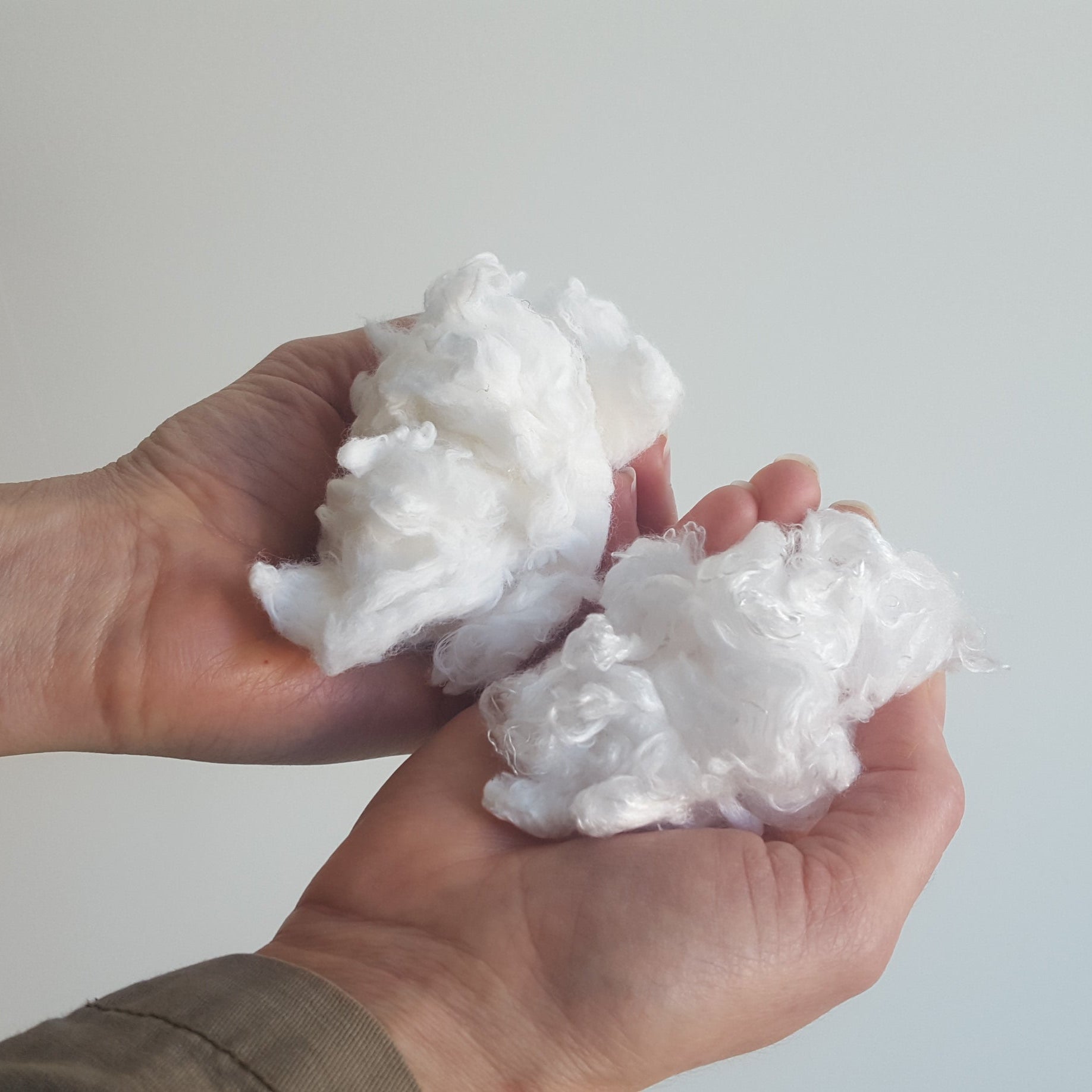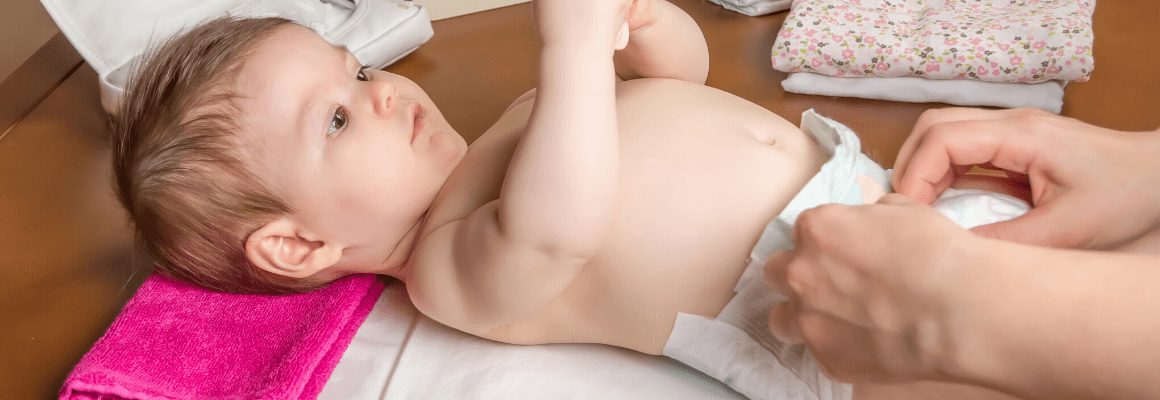Are you noticing scaly, dry patches or tiny, red bumps in your little one’s diaper area?
Despite the popular saying, “smooth as a baby’s bottom,” it’s actually common for a baby’s bottom to be anything but smooth. In this post, we’ll explore two typical pediatric skin conditions that might be affecting your little one: eczema and diaper rash.
What is Eczema?
Baby eczema can appear anywhere on your little one’s skin but most commonly affects the arms, legs, chest, and scalp. It’s possible for babies as young as three or four months to develop eczema - plus, 60% of babies with eczema will continue to have the condition as an adult.
It looks similar to diaper rash in that it’s characterized by dry, red skin, oftentimes accompanied by small, red bumps. ending to affect those with extremely sensitive skin - which is easily triggered by allergens and irritants - eczema tends to go through periods where symptoms range from mild to severe. For example, your baby might experience an intense flare-up and then go through a time where symptoms are hardly noticeable.
What is Diaper Rash?
Like eczema, a diaper rash is a common form of dermatitis that appears as inflamed skin. You’ll recognize it by the bright red, tender-looking skin in the diaper area such as buttocks, thighs, and genitals. While it might look alarming, don’t worry. Most babies between four and fifteen months old develop diaper rash at some point. It’s related to chafing, infrequently changed diapers, and skin sensitivity.
You’ll probably first notice diaper rash due to changes in your baby’s disposition. For example, he or she may cry or fuss more during diaper changes, or when the diaper area is washed or touched. Although it can be annoying and make your baby miserable, diaper rash is pretty easy to heal with some simple home remedies such as air drying, increased diaper changes, and diaper rash ointment.
What Causes Diaper Rash?
A diaper rash can result from a variety of factors. Most likely, it’s caused by prolonged exposure to urine or stool that results from infrequent diaper changes. New products, such as baby wipes, detergent, bleach, or fabric softener, can also irritate your baby’s skin.
Be aware of changes in your baby’s stool - especially as their diet changes. For example, as they begin to eat solid foods, the frequency of stools may change, which can increase the likelihood of developing diaper rash.
Finally, babies with heightened skin sensitivity are more likely to get diaper rash. This affects babies who suffer from skin conditions such as atopic dermatitis or seborrheic dermatitis. That being said, the irritated skin associated with baby eczema, tends to affect different areas than the diaper region.
How to Treat Baby Eczema
Prevent Scratching: Eczema is itchy, but scratching will make it worse. To prevent further aggravating symptoms (and potentially causing scars), it’s crucial to stop your little one from scratching.
Gently Bathe: During bath time, be sure to use a fragrance-free soap. Gently pat dry your baby’s skin with a soft towel afterward instead of rubbing.
Apply a Natural Ointment: After bathing, apply a natural cream to your baby’s skin. Our Nourish + Hydrate Manuka Balm is made with simple, pure, and safe ingredients. Your little one’s sensitive skin will adore the soft, buttery texture!
Diaper Rash Treatment and Prevention
Change Diaper More: Be sure to change your little one’s diaper as soon as it’s soiled. This will help prevent irritation.
Avoid Scrubbing: Scrubbing can further irritate the skin. When cleaning your baby, gently pat the skin dry with a clean towel or let it air dry.
Use Natural Products: When cleaning your baby’s bottom, use natural products as opposed to products containing alcohol or fragrance. If you use soap, be sure to select a mild, fragrance-free kind without harsh chemicals or toxins.
Try a Diaper Rash Ointment: Applying a barrier ointment can help prevent skin irritation and rashes. Look for products that contain petroleum jelly and zinc oxide.
Let Skin Breathe: Let your baby go without a diaper when possible, even if it’s just for a little while each day. Exposing the skin to air is a natural way to let it dry.
How do you deal with your little one’s eczema or diaper rash? Let us know on our Facebook page!
References:
https://www.healthline.com/health/baby/types-of-diaper-rash https://www.mayoclinic.org/diseases-conditions/diaper-rash/symptoms-causes/syc-20371636










